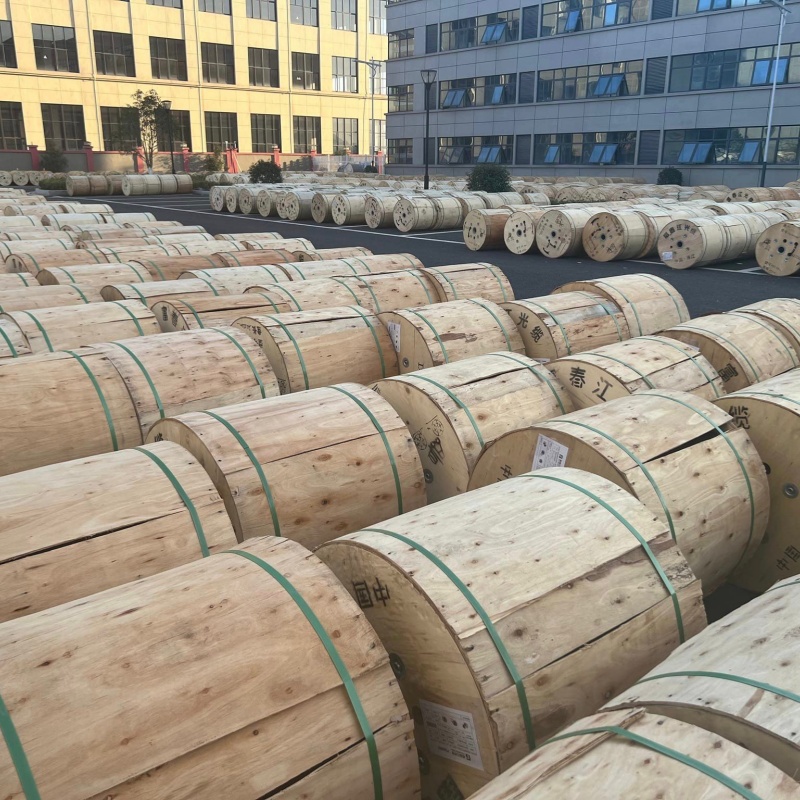 Installing All-Dielectric Self-Supporting (ADSS) fiber optic cables involves several steps to ensure proper installation and functionality. Here's a general overview of the installation process:
Installing All-Dielectric Self-Supporting (ADSS) fiber optic cables involves several steps to ensure proper installation and functionality. Here's a general overview of the installation process:1. **Preparation and Planning**:
- Conduct a site survey to assess the installation route, including obstacles, environmental factors, and clearance requirements.
- Obtain necessary permits and permissions from relevant authorities if required.
- Plan the cable route, considering factors such as cable length, sag calculations, and attachment points.
2. **Gathering Materials and Equipment**:
- Gather all necessary materials and tools for the installation, including ADSS fiber optic cable reels, hardware, splice closures, suspension hardware, and installation equipment.
3. **Installation of Attachment Hardware**:
- Install pole or tower hardware, such as suspension clamps, brackets, and anchors, according to the installation plan and manufacturer guidelines.
- Ensure proper spacing and clearance between attachment points to maintain the recommended cable sag.
4. **Cable Installation**:
- Begin by mounting the cable reels on cable stands or trailers at the starting point of the installation route.
- Pull the ADSS fiber optic cable along the predetermined route, ensuring proper tension and sag as per manufacturer specifications.
- Use cable pulling equipment such as tensioners, rollers, and pulling grips to facilitate smooth and controlled cable installation.
- Avoid excessive bending or twisting of the cable during installation to prevent damage to the fiber optic cores.
5. **Termination and Splicing**:
- Install fiber optic splice closures at predetermined splice points along the cable route.
- Splice fiber optic cables as necessary using fusion splicing or mechanical splicing techniques.
- Test splices and connections to ensure proper alignment and low optical loss.
6. **Cable Management and Protection**:
- Secure fiber optic cables to attachment hardware using suitable clamps or brackets.
- Use cable management accessories such as lashing wire, cable ties, and strain relief hardware to secure cables and prevent damage from environmental factors.
- Install cable markers and route indicators as needed for identification and maintenance purposes.
7. **Testing and Commissioning**:
- Perform optical time-domain reflectometer (OTDR) testing and other relevant tests to verify cable integrity, splice quality, and optical performance.
- Commission the ADSS fiber optic cable network for service, ensuring proper connectivity and functionality.
8. **Documentation and Maintenance**:
- Document the installation process, including cable routes, splice locations, test results, and any deviations from the original plan.
- Implement a regular maintenance schedule to inspect and maintain the ADSS fiber optic cable network, including periodic cleaning, testing, and repairs as needed.
It's crucial to follow manufacturer guidelines and industry best practices throughout the installation process to ensure the reliability and performance of the ADSS fiber optic cable network. Additionally, adherence to safety protocols and standards is essential to prevent accidents and ensure worker safety during installation activities.
